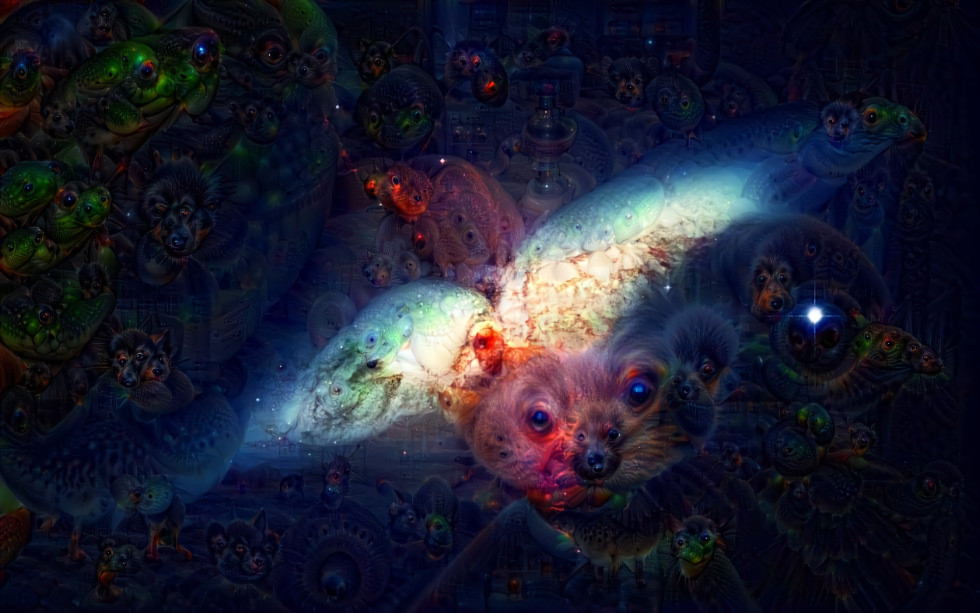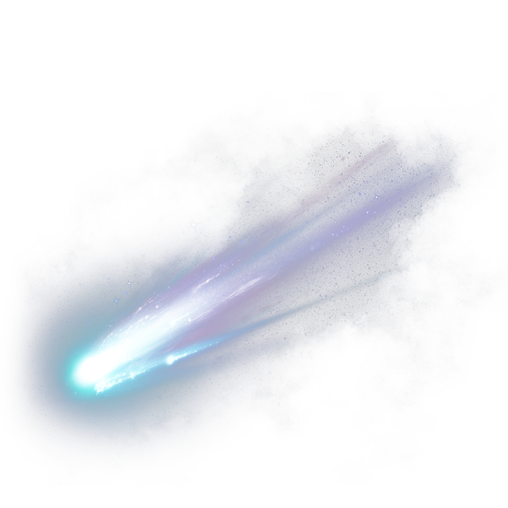Post Views:
1,055
Erspamer, V., Vitali, T., Roseghini, M., & Cei, J. M.. (1967). 5-Methoxy- and 5-Hydroxyindoles in the skin of Bufo alvarius. Biochemical Pharmacology, 16(7), 1149–1164.
Plain numerical DOI: 10.1016/0006-2952(67)90147-5
DOI URL
directSciHub download
Show/hide publication abstract
“The skin of bufo alvarius, a desert toad of arizona, contains a number of indolealkylamines and their metabolites belonging to the common series of 5-hydroxyindolealkylamines and to the unusual series of 5-methoxyindolealkyiamines. the most abundant representative of 5-hydroxyindolealkylamines is, as in numerous other toads, bufotenine (up to 3 mg per g dry skin), the most abundant representative of 5-methoxyindolealkylamines, o-methylbufotenine. in parotoid and coxal glands as much as 5-15 per cent of the dry weight is made up by this compound. natural o-methylbufotenine has been isolated in a pure form and its identity with synthetic o-methylbufotenine definitely established. the b. alvarius skin presents three sulphur-containing indolealkylamines: one is bufoviridine, the well known o-sulphate of bufotenine, the other two are completely new compounds with sulphuric acid probably attached to the > nh group of the indole nucleus. all the hitherto described metabolites arising from the oxidative deamination of 5-hydroxy- and 5-methoxy-indolealkylamines may be found in the b. alvarius skin: 5-hydroxytryptophol, 5-hydroxyindoleacetic acid, 5-methoxytryptophol and 5-methoxyindoleacetic acid. the occurrence of the above compounds points to the necessary presence in b. alvarius skin of a number of enzymes: tryptophan 5-hydroxylase, catalysing the formation of 5-hydroxytryptophan, aromatic l-aminoacid decarboxylase producing the decarboxylation of 5-hydroxytryptophan to 5-hydroxytryptamine, n-methyl transferase and 5-hydroxyindole-o-methyl transferase giving origin to the n-methyl and o-methylindolealkylamines, and finally sulphoconjugases catalysing the linkage of sulphuric acid to the 5-hydroxy group and the > nh group of the indole nucleus. the exceptionally rich sample card of indolealkylamines in the skin of b. alvarius seems of interest not only from the point of view of comparative biochemistry, but also from that of comparative enzymology and biochemical taxonomy. © 1967.”





